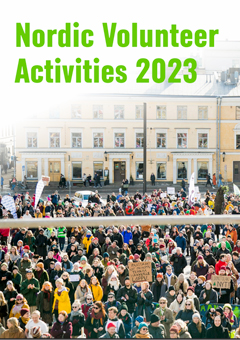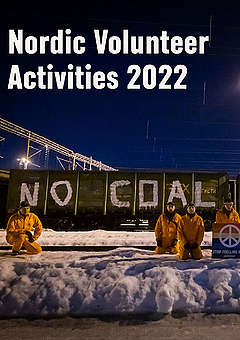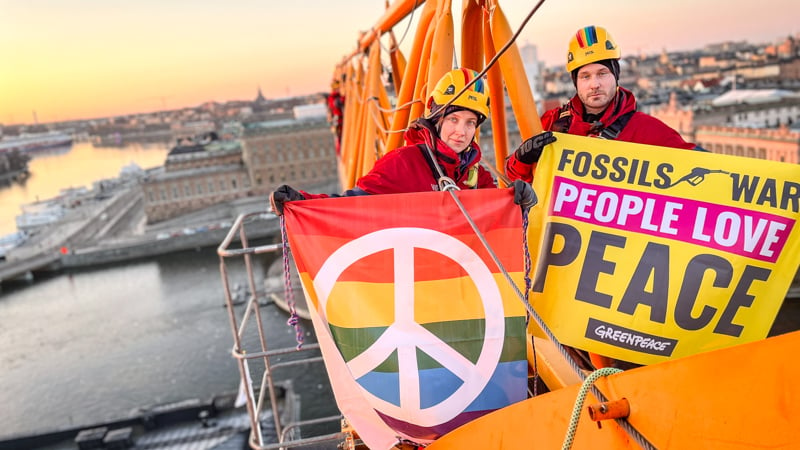
Civil disobedience
Civil Disobedience is part of Greenpeace’s DNA. For more than 50 years, Greenpeace activists have been using peaceful tactics and Civil Disobedience to campaign against dirty corporations who are ruining the future for all of us. We are always peaceful and we always take personal responsibility for our actions.
Many of us are feeling more and more desperate about our leaders’ lack of action and denial of climate science. Our planet is cooking while emissions continue to rise. A million species are now at risk of extinction, and thousands have been lost before them. Our leaders’ empty words will not save nature and our climate. We believe Civil Disobedience is an important tool to bring the change we so desperately need.
What is civil disobedience and why do we do it?
Civil disobedience is a selfless and morally motivated act of breaking the law or social norms in order to prevent harm or create positive change for fellow human beings and society. Greenpeace uses Civil Disobedience because we believe, along with many others, that it is our moral duty to act to protect our planet, the only home we have.
Some things are simply so wrong, so criminal, so unjust, despite being legally permissible, that we are obligated to take action. For example, oil companies make billions of dollars in profits, while the consequences of their oil exploration, drilling and burning are causing catastrophic climate consequences such as flooding, fire and drought in poorer nations.
Yet Civil Disobedience is just the tip of the iceberg for Greenpeace. Before we even consider direct actions we spend months gathering evidence, researching the problem and finding solutions. We don’t simply point fingers; we find new, better ways of thinking and doing. Greenpeace’s thorough research gives our actions substance and means that we can stand behind them.
Civil Disobedience, and ordinary people’s willingness to perform it to fight against unjust and nature-destroying corporations and leaders, show the seriousness of the issue. Our activists are willing to take risks and stand up for the planet we are all reliant on.
What is it like to be an activist with Greenpeace?
Greenpeace activists are trained, committed and courageous. But they are also just ordinary people doing extraordinary things to safeguard our future.
Our activists work together and have each other’s backs, and future activists should be prepared to commit to this strong sense of team spirit.
Activism can be tough, there are high and lows and being involved in an action is both exhilarating and exhausting. Yet you can also be guaranteed a safe environment, many laughs along the way plus new skills, new friendships and big adventures.
The safety of the activists is always the number one priority during activities, and Greenpeace provides an extensive Duty of Care package for activists and volunteers who engage with Greenpeace. We ensure, to the highest reasonable level, the physical and psychological well-being and security of our people before, during and after involvement in an activity.
Hear Greenpeace activist Ida Marie talk about her experience on an action where she spent 37 hours occupying an oil platform in the North Sea.
I always feel a sense of community and camaraderie when we get together and prepare for actions – it feels like a family gathering!
Pattie, Greenpeace activist
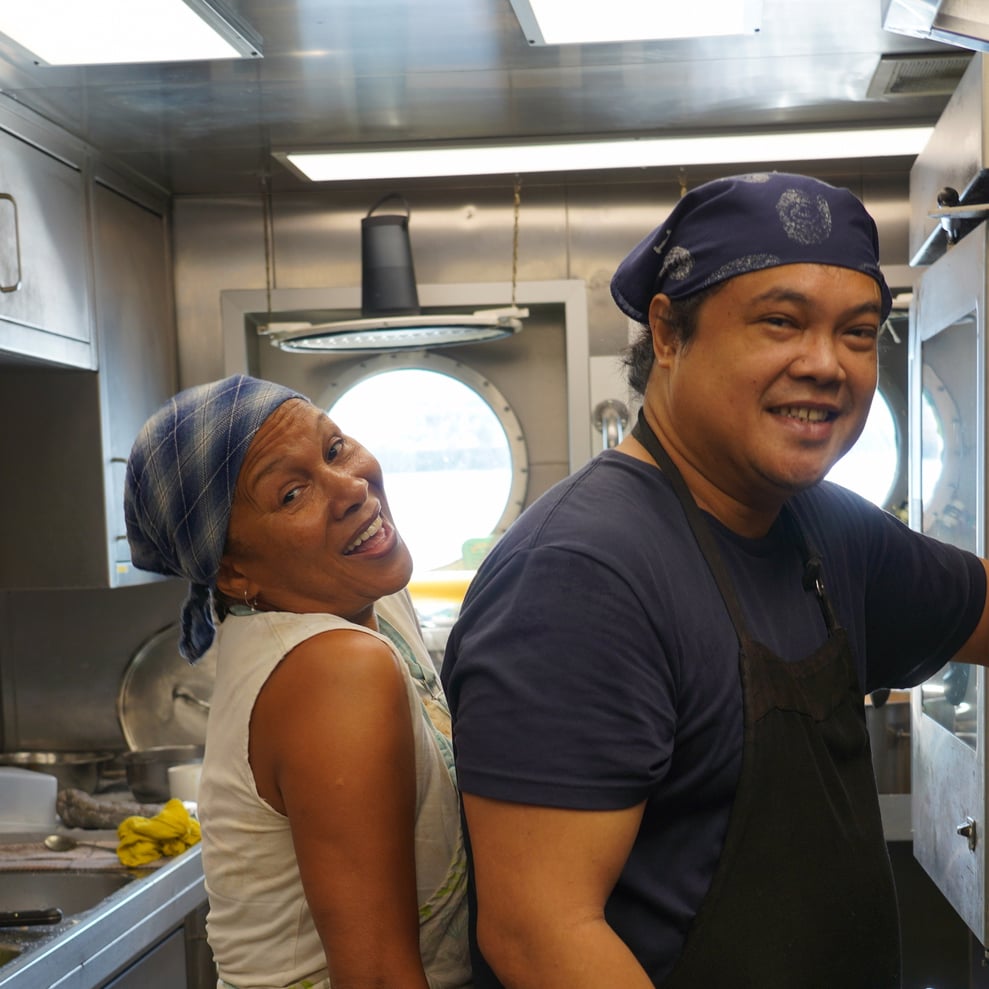
Who can be a Greenpeace activist?
In short – everyone (as long as you are over 18 years old)! You don’t have to be extra brave or super fit to be a Greenpeace activist. At Greenpeace, we believe that there are many ways to be an activist – climbing oil rigs or blocking a huge ship in a kayak isn’t for everyone. Greenpeace’s volunteers are also activists who do amazing work to spread awareness. Activism is also about painting banners, lobbying politicians through letter writing, doing talks at a school or helping with research at the Greenpeace offices or out in the field.
Being an activist is about dedication and willingness to stand up for our future and create change. And the more we are, the more powerful we’ll be.
We’re committed to help with any practical or financial barriers that might stop you being able to join us. Wherever possible, we’ll accommodate your access needs.
All you need to be an activist is a commitment to protecting our planet and the people on it. Does that sound like something for you? Register your interest here!
How do I become an activist for Greenpeace?
The first step towards becoming an activist with us is to attend our full-day Introduction to Civil Disobedience training. In that training, you will learn more about peaceful civil disobedience and how Greenpeace uses the method. Sign up here!
The next step is a weekend-long Nonviolent Direct Action (NVDA) training course. This course teaches you how to take action safely and efficiently. During the weekend, you have the chance to connect with other activists and challenge yourself in a safe environment. The training covers everything from how to physically and mentally prepare for taking action, to de-escalation tactics, safety, legal procedures, blocking techniques, media training and much much more. People who successfully complete this course are ready to take action with Greenpeace.
Greenpeace activists can then choose to sign up to one of our specialist action teams, e.g. the climbing team, the kayak team or the boat team, all of which have extensive and thorough training. The action teams meet several weekends a year to maintain their knowledge and skills, weekends which are also perfect opportunities to socialize with fellow activists!
Greenpeace also provides other training programs for volunteers, learn more about volunteering here.
All training programs are free and Greenpeace covers all expenses for activists during training and activities, such as travel, food, accommodation etc.
Become a climate and environmental activist and make a difference!
The more we are, the stronger we become! We look forward to hearing from you.
Annual Nordic volunteer reports
Find out more about what Greenpeace volunteers have achieved over the years in our annual volunteer reports
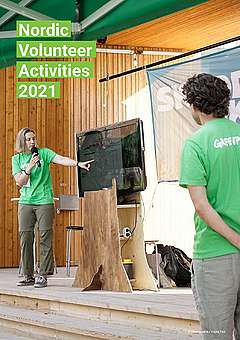
Læs rapporten for 2021 her

Læs rapporten for 2020 her
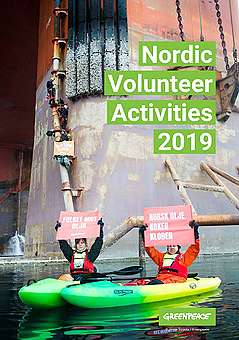
Læs rapporten for 2019 her
-
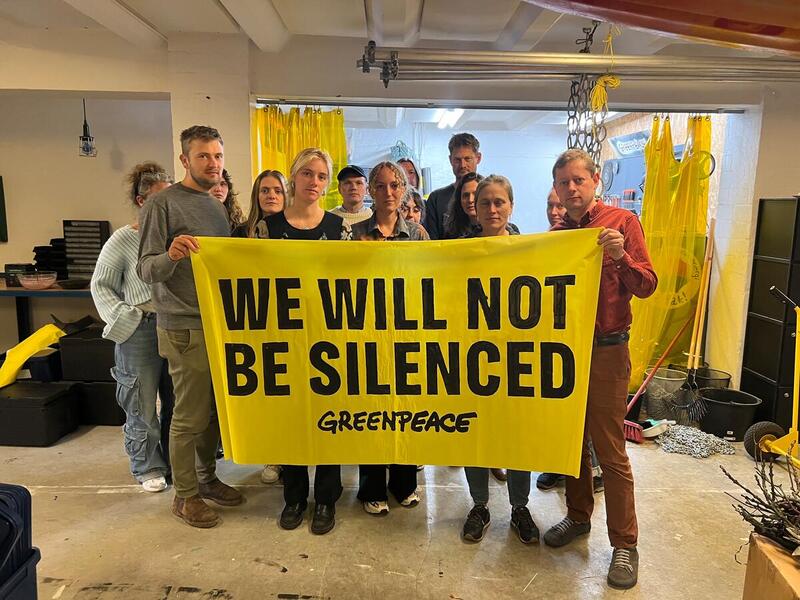
En banebrydende retssag for at stoppe juridisk chikane
Greenpeace International tager kampen op mod Energy Transfer i en prøvesag under EU’s nye anti-SLAPP-direktiv – et opgør med corporate chikane og et forsvar for ytringsfriheden.
-
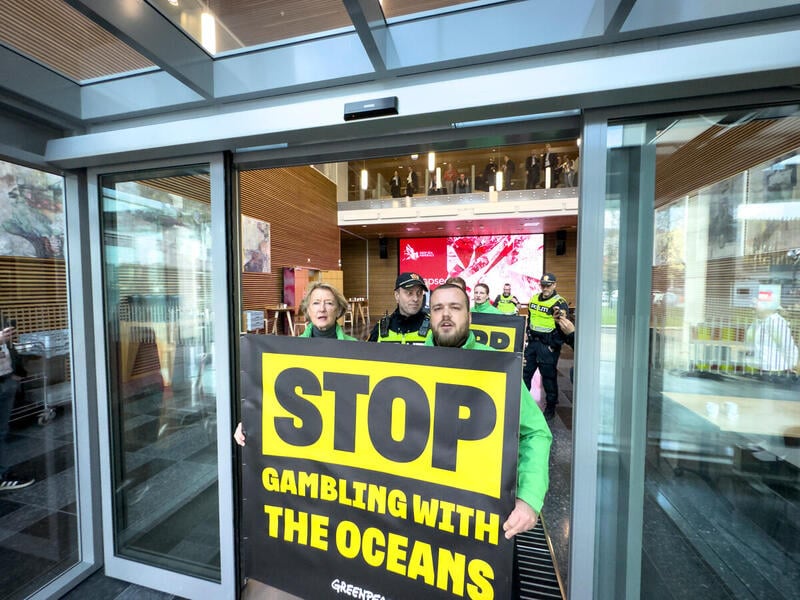
Politiet fjerner aktivister, der forvandler norsk dybhavsminedrifts-konference til et kasino
Dybhavsminedrifts-industrien gambler med livet i havet. Aktivister i protest mod dybhavsminedrift blokerede her til morgen indgangen til lobbykonferencen “Deep sea minerals 2025” i Bergen og overtog scenen inde i mødelokalet. Konferencen blev afbrudt og evakueret, og politiet kom for at fjerne aktivisterne fra bygningen.
-
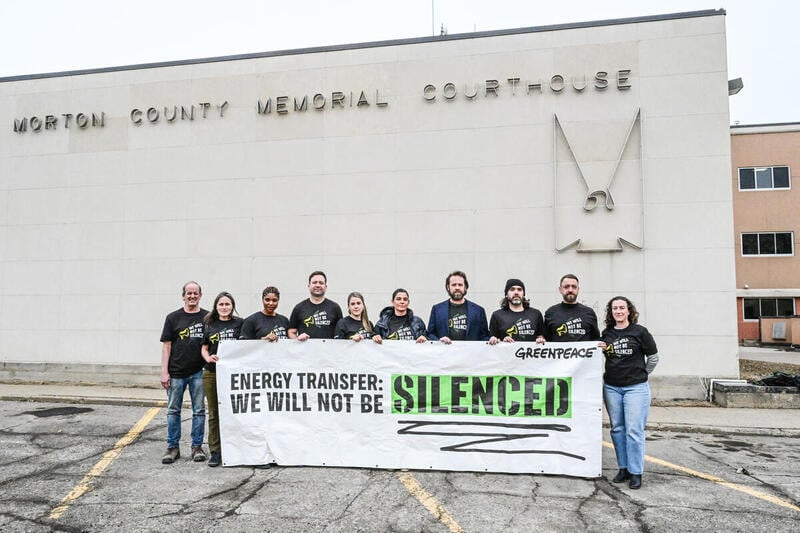
Greenpeace dømt til at betale 4,5 milliarder i amerikansk SLAPP-sag
Greenpeace skal betale 4,5 milliarder kroner i erstatning til et amerikansk olierørsselskab, har en amerikans jury netop afgjort. Den grundløse SLAPP-sag kan få vidtrækkende betydning for ytringsfriheden og retten til at protestere

